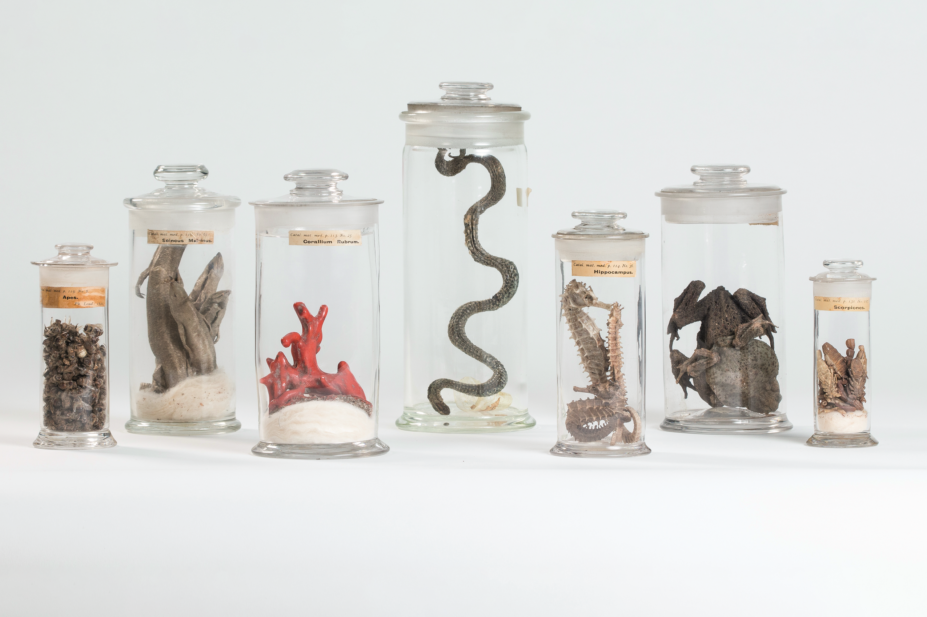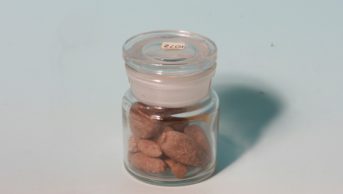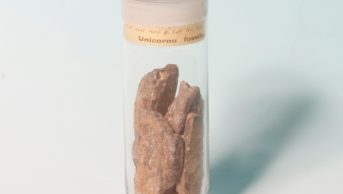
Museum of the Royal Pharmaceutical Society
Using a lotion made with bees to promote hair growth or ground-up human skull to cure epilepsy seems ridiculous today, but for centuries treatments like these were the height of pharmaceutical knowledge.
The Burges collection was put together by the apothecary John Burges (1745–1807). It contains more than 1,000 specimens, including ‘unicorn horn’ and a mummified human hand. They illustrate the medicinal ingredients — animal, vegetable and mineral — found in the pharmacopoeias of the early 1700s.
The advancement of science in the 1700s saw many of these traditional remedies fall out of favour, making Burges’ collection important for its historical and educational value.

